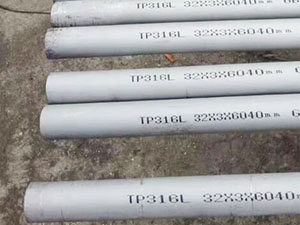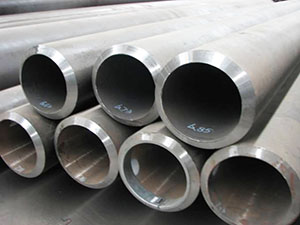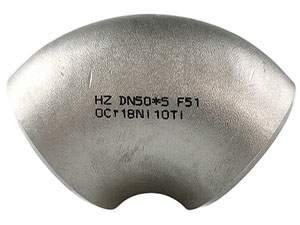Sheet metal is used for both structural and aesthetic purposes, and nearly every skilled tradesperson has worked with various types of sheet metals in some way. Here are some of the most common uses of sheet metal.
What Is Sheet Metal?
Sheet metal is a general category for metals that are approximately 0.018 to 0.250 in thickness. The thickness of sheet metal is often designated by a gauge rather than inches or millimeters. However, different types of material will have a slightly different gauge system to designate their thicknesses. Aluminum, steel, galvanized steel, stainless steel, copper, brass, and bronze are just several of the many different materials that can be used to make sheet metal.
What Is Sheet Metal Used For?
The uses of sheet metal will vary based on the type of metal being used. Certain types of sheet metal will only be able to meet performance standards for specific applications. The type of material often dictates what a sheet metal is used for:
Carbon steel sheet is often used for general fabrication purposes, especially when corrosion is not a concern or if there will be a coating process following fabrication to protect the steel from the elements. It can be used for anything from car bodies to store signs. The reason for its versatility is because it is relatively affordable and typically has superior tensile strength when compared with copper and aluminum.
Galvanized steel sheet is a form of carbon steel sheet metal that has gone through a galvanizing process where zinc oxide is coated on the outside surface of the steel to protect it from rusting. Galvanized steel is frequently used in automotive parts and objects exposed to water such as greenhouse equipment, buckets, irrigation pipe and marine vessels.
Stainless steel sheet is typically more expensive than galvanized or carbon steel because of the additional alloying elements in its composition. However, these alloying elements give stainless steel sheet enhanced corrosion resistance. This ability to resist corrosion makes it widely used in critical applications such as aerospace engine components, high-performance marine structures and vessels, pharmaceutical processing equipment and food handling equipment. Stainless steel sheet also has good aesthetic appeal that makes it popular for signage and appliances.
Aluminum sheet is roughly ⅓ the density of steel, making it a frequently used metal for applications when weight is a concern. It is also quite resistant to corrosion. The combination of lightweight and corrosion resistance make Aluminum sheet a great choice for boat components, marine structures, cookware, automotive parts, and aerospace parts.
Copper sheet is known for its electrical conductivity, aesthetic appeal, and malleability. It is used in equipment where electricity must be easily transferred to a workpiece like in some resistance welding equipment or certain types of battery systems. Because of its malleability and superior aesthetic qualities, it is also commonly used in home decor and other forms of artwork.





